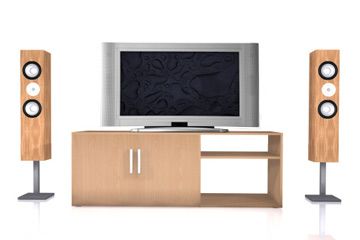In simpler times -- say, the mid-1980s -- when you wanted to see a movie, you had two choices. You could go to a theater to enjoy the car chases and love scenes on an expansive screen, and hear the soundtrack on a big powerful public-address system. Or, you could save a few dollars, rent a video cassette at the local store, stick it in a player attached to your TV, and watch a movie with a smaller picture and tinny sound.
Since then, things have changed radically, with the advent of huge high-definition TV screens, sophisticated audio technology that creates vivid sound, and broadband Internet connections that allow you to stream content to augment the vast selection of DVDs or Blu-ray discs you can buy or rent. Back in 2005, a poll found that 73 percent of adults preferred watching movies at home instead of plunking down a few bucks for a theater ticket [source: Associated Press].
Advertisement
Nowadays, movie lovers are confronted with a different, perhaps even more complicated dilemma than whether to rent a movie or head to the theater: What sort of audio equipment should you buy to go with your HD flat-panel monitor? To retailers and reviewers, the term home theater system usually refers just to the sound portion of your setup, which typically is sold separately from the TV [sources: CNet.com, BestBuy.com]. That includes a Blu-ray player and/or other devices that decode digital content, plus some sort of amplifier to create a nice big sound, and a set of "surround sound" speakers that distribute the sound around the room to create the illusion you're smack in the middle of the action.
Before you even get to ponder which brand name is best, or which local big-box store or home electronics Web site is likely to give you the best deal, you have to decide which of two basic approaches is best suited for your needs. Should you shop for the best individual components and then assemble them into a custom system? Or, does it make more sense simply to buy one of the many all-in-one systems on the market?
Advertisement



